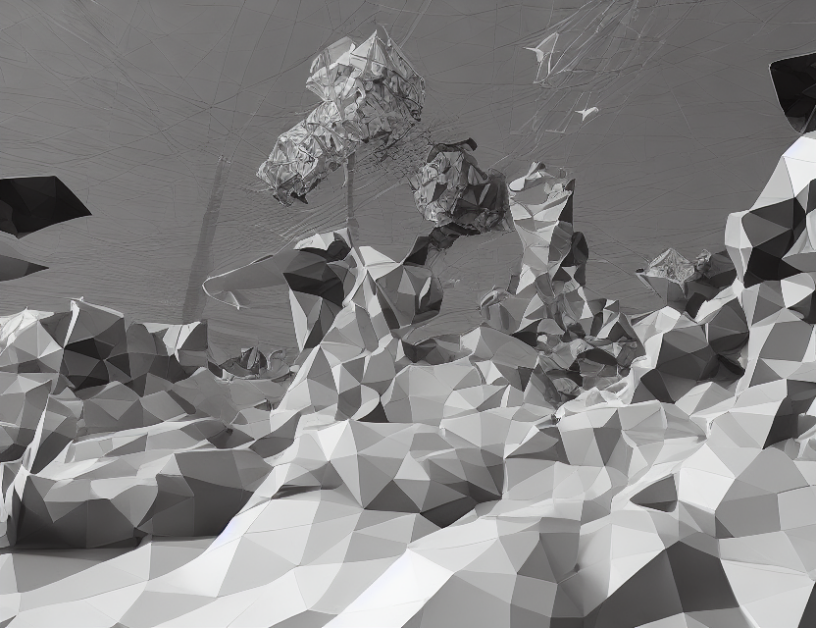Hey there! Are you interested in image editing? Specifically, have you ever wondered how to make an object look like it belongs in a new environment? That’s where image harmonization comes in! It’s like taking a piece of furniture that doesn’t quite fit in your living room and making it blend seamlessly with the rest of the decor. But, just like when you’re trying to match a new couch with your existing decor, it can be tough to make sure the object looks natural and realistic. That’s where this article comes in!
The authors of this article wanted to explore how well different methods of image harmonization work in practice. They surveyed 70 people who were asked to compare different versions of an image that had been altered using various techniques. The results showed that our approach outperformed the other methods, with participants rating it as more realistic and natural-looking.
So, what makes our approach so special? It’s all about relighting! Relighting is like taking a photo of an object in different lighting conditions. By estimating how the background light would behave, we can create a new shading for the object that looks more realistic and matches the illumination of the background. This helps the object blend in better with its surroundings, making it look like it was there all along!
But wait, there’s more! The authors also wanted to show how well their method works in real-world scenarios. They tested it on some challenging images and found that our approach resulted in composites that were more realistic than those produced by other methods. It’s like the difference between a mediocre DIY project and a professionally crafted piece of furniture – our method is the latter!
In conclusion, this article provides valuable insights into the world of image harmonization. By using relighting techniques, we can create composites that look more realistic and natural-looking than ever before. Give it a try next time you’re trying to spruce up your social media posts or create an eye-catching ad!
Computer Science, Computer Vision and Pattern Recognition
Accurate Image Harmonization with Cast Shadows



